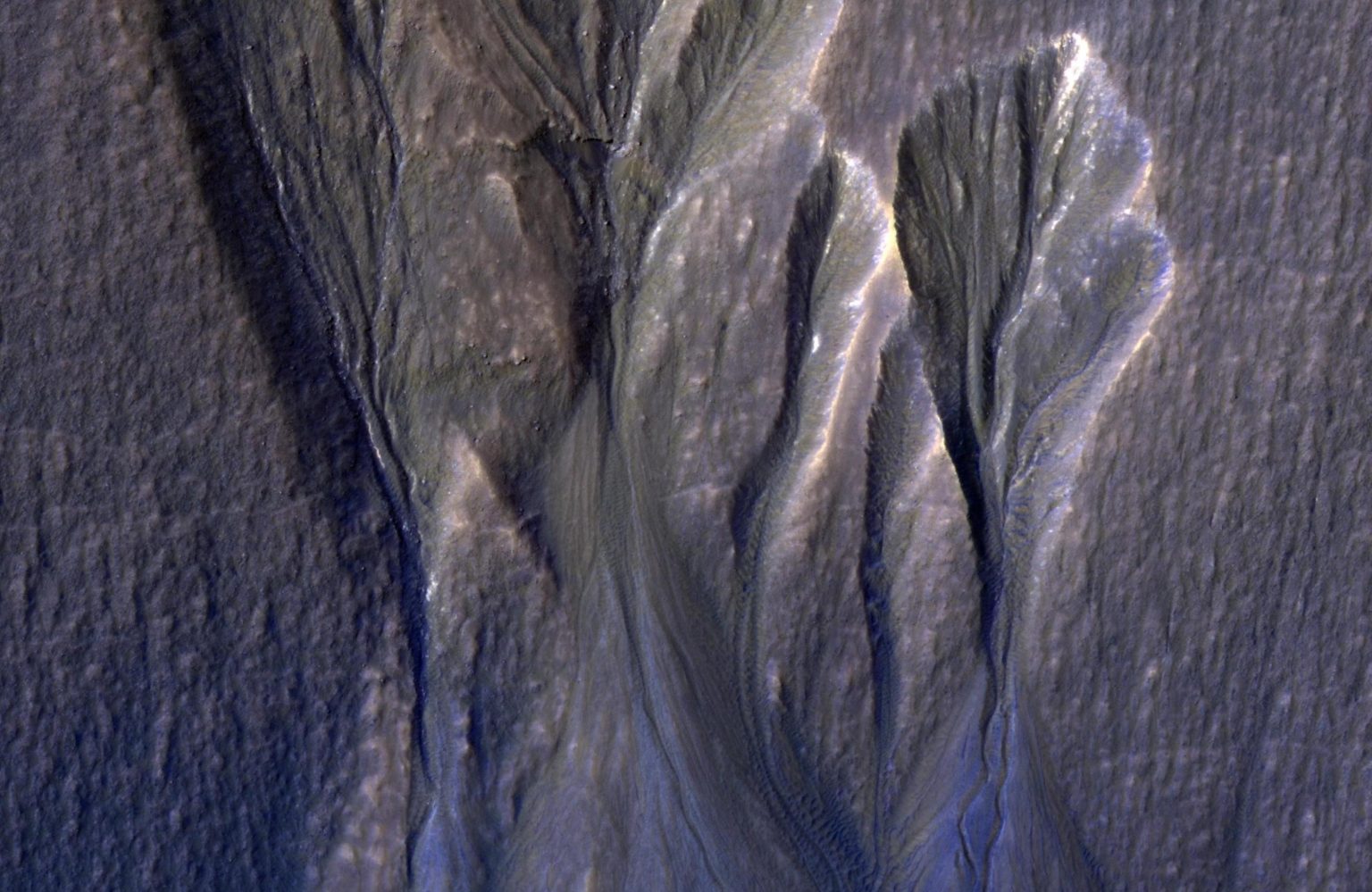A recent study suggests that areas of dusty ice just beneath the surface of Mars could be potential havens for microbial life. Researchers used impure ice from Greenland to model the composition of Mars’ ice and determine where conditions may be favorable for photosynthesis. The study, published in Nature Communications Earth & Environment, did not find direct evidence of microbes on Mars, but found that the depths where conditions are favorable for photosynthesis intersect with the depths where dusty ice can melt on Mars. This suggests that there may be areas where organisms could survive deep down in subsurface ice.
Modern-day Mars is a harsh environment, with high levels of ultraviolet radiation and low temperatures. However, scientists believe that Mars was more hospitable to life in ancient times and that there may still be pockets of habitable environments deep underground. The researchers in this study investigated how much dust content in Martian ice would be necessary to filter out UV radiation while allowing enough sunlight to support photosynthesis. They concluded that there could be a sweet spot in layers of Martian ice that could potentially support life, particularly in warmer areas at mid-latitudes.
The researchers identified gullies on Mars as potential areas to search for signs of life, as these gullies can expose dusty ice to the surface. By examining images showing deposits of dusty water ice that appear to have melted away on gullied slopes, the team estimated how deep the habitable zone could potentially go. Depending on the dust content in the ice, the habitable zone could range from 2 to 15 inches in depth to 7 to 10 feet deep. These findings suggest that gullies with dusty ice at Martian mid-latitudes could be excellent targets for future missions to search for potential signs of life.
NASA and its partners are working on plans to bring samples back from Mars for study on Earth, with a focus on locations that could potentially harbor life. While there are currently no plans to target deposits of dusty ice specifically, the researchers hope that their findings will encourage the development of future missions to these locations. By investigating the potential for photosynthesis on Mars within snow and ice, the research team aims to expand our understanding of where life could exist on the Red Planet.
The study’s authors include researchers from NASA’s Jet Propulsion Laboratory and the University of Washington’s Applied Physics Laboratory. The lead author, Aditya Khuller, along with his mentors Steve Warren, Philip Christensen, and Gary Clow, conducted the study to explore the possibility of life in Martian ice. By modeling the composition of Mars’ ice and examining potential areas for photosynthesis, the researchers are shedding light on where microbial life could potentially survive on Mars. Their findings highlight the importance of exploring dusty ice in gullies and mid-latitudes as potential targets for future missions to search for signs of life on Mars.


